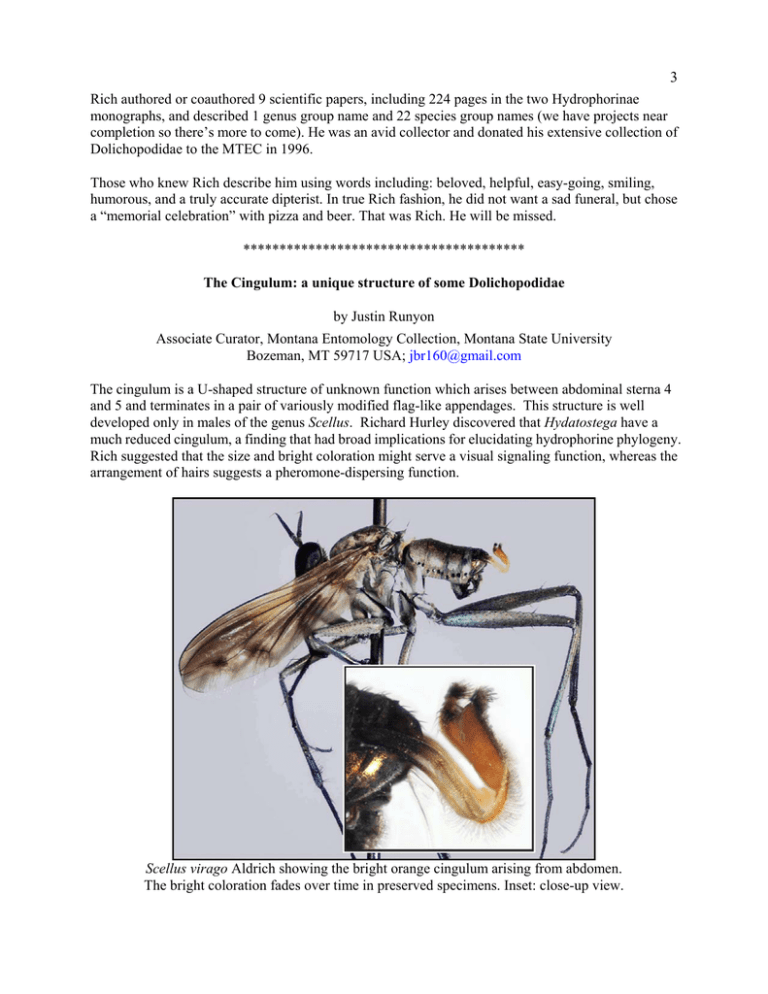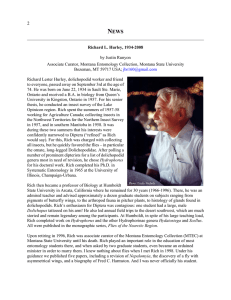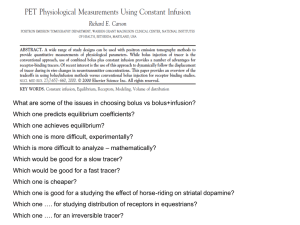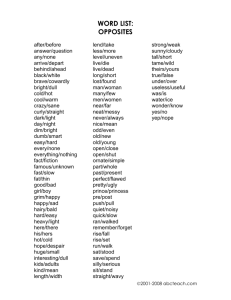3
advertisement

3 Rich authored or coauthored 9 scientific papers, including 224 pages in the two Hydrophorinae monographs, and described 1 genus group name and 22 species group names (we have projects near completion so there’s more to come). He was an avid collector and donated his extensive collection of Dolichopodidae to the MTEC in 1996. Those who knew Rich describe him using words including: beloved, helpful, easy-going, smiling, humorous, and a truly accurate dipterist. In true Rich fashion, he did not want a sad funeral, but chose a “memorial celebration” with pizza and beer. That was Rich. He will be missed. *************************************** The Cingulum: a unique structure of some Dolichopodidae by Justin Runyon Associate Curator, Montana Entomology Collection, Montana State University Bozeman, MT 59717 USA; jbr160@gmail.com The cingulum is a U-shaped structure of unknown function which arises between abdominal sterna 4 and 5 and terminates in a pair of variously modified flag-like appendages. This structure is well developed only in males of the genus Scellus. Richard Hurley discovered that Hydatostega have a much reduced cingulum, a finding that had broad implications for elucidating hydrophorine phylogeny. Rich suggested that the size and bright coloration might serve a visual signaling function, whereas the arrangement of hairs suggests a pheromone-dispersing function. Scellus virago Aldrich showing the bright orange cingulum arising from abdomen. The bright coloration fades over time in preserved specimens. Inset: close-up view.




